Planning the First ReadWriteWeb Unconference
In July 2009, we begin planning our first in-person event: the ReadWrite Real-Time Web Summit, at the Computer History Museum. Also, my personal life receives a boost — but, it’s complicated.
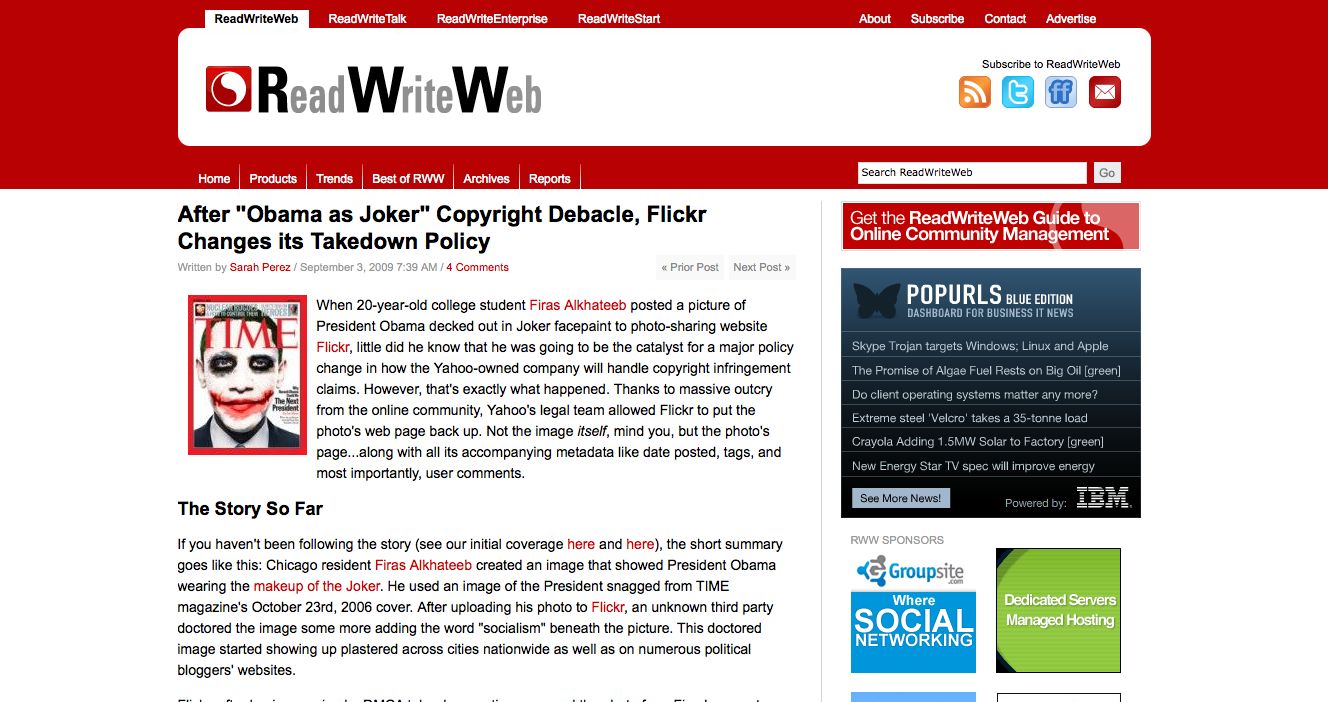
In July 2009, we began planning our first RWW event. It would be in the “unconference” format, which had been suggested to us by Kaliya Hamlin, an expert on digital identity. The key aspect of an unconference was that it wasn’t based around presenters with PowerPoints talking to a mute audience; instead, a discussion facilitator would get everyone in the room talking. It was a very “read/write” concept, since the audience would be actively involved in the sessions. Obviously, this would mean a much smaller event than, say, the Web 2.0 Summit. But it was a perfect fit for our RWW brand and we immediately jumped on the idea.
Kaliya had emailed us about this on July 10, while attending a TechCrunch event at a local VC firm, the “Real-Time Stream CrunchUp.” The format was typical for tech conferences: presentations and panels. One session featured TechCrunch editor Erick Schonfeld moderating a panel with Jack Dorsey of Twitter, Chris Cox of Facebook and Bret Taylor of FriendFeed. TechCrunch certainly had no problem getting high-quality panelists, given that it was the ultimate insider tech blog. But Kaliya didn’t like being “lectured at.” “The unconference facilitator in me is going nuts,” she wrote, “seeing this missed opportunity to support real conversations about the cutting edge of the web. The innovators are still just at the beginning and conversation is important.”
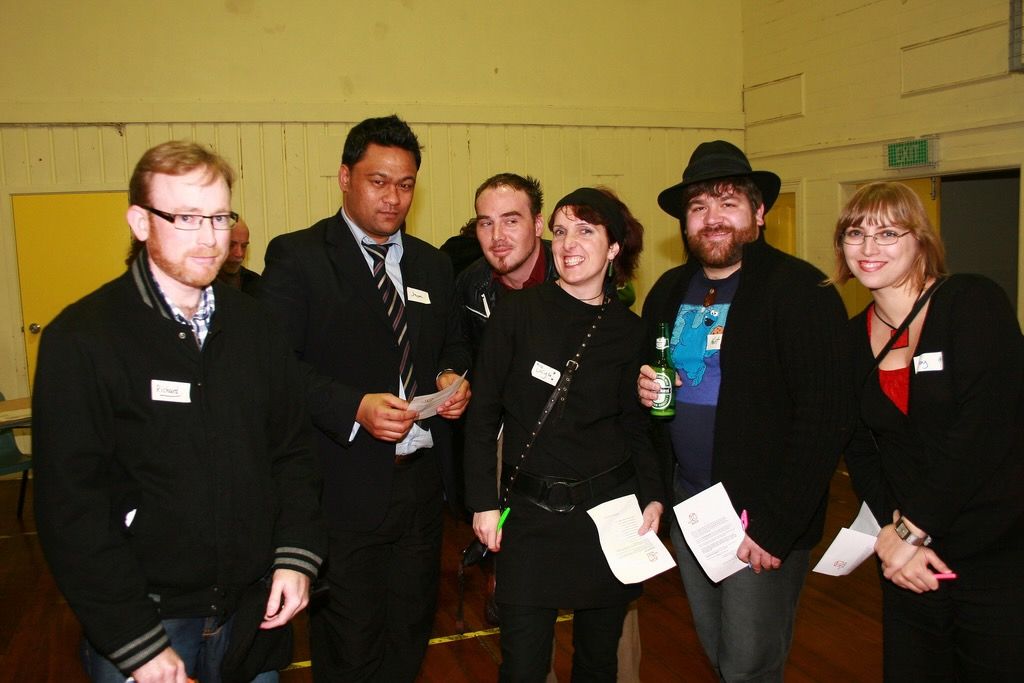
She suggested RWW run an unconference on the same theme, the real-time web, to get a proper discussion going. “We all make a small amount of money, but actually move the field forward,” she said, adding that she didn’t want another “alpha male talk fest.” She suggested the Computer History Museum in Mountain View as the venue and August or September as the timeframe.
I immediately wrote back and said it was a great idea. I suggested we time it for October, near the upcoming Web 2.0 Summit, when we would all be in San Francisco. Marshall and Bernard also loved the idea: “Pontificating pundits is so 1.0,” quipped Bernard.
Over August, we solidified our plans and chose a date: October 15, the week before the Web 2.0 Summit. We decided to call it the ReadWrite Real-Time Web Summit, thus continuing the RWW tradition of hard-to-pronounce names. Marshall worked with Kaliya on the event programming, and we hired a very organized woman named Chloe Caviness to project manage it—working with the venue, caterers, signage company, and so on. Marshall also had the idea of creating our second premium report to coincide with the event and focusing our daily blog coverage on the real-time web in the month leading up to the big day. So there was a lot to do.
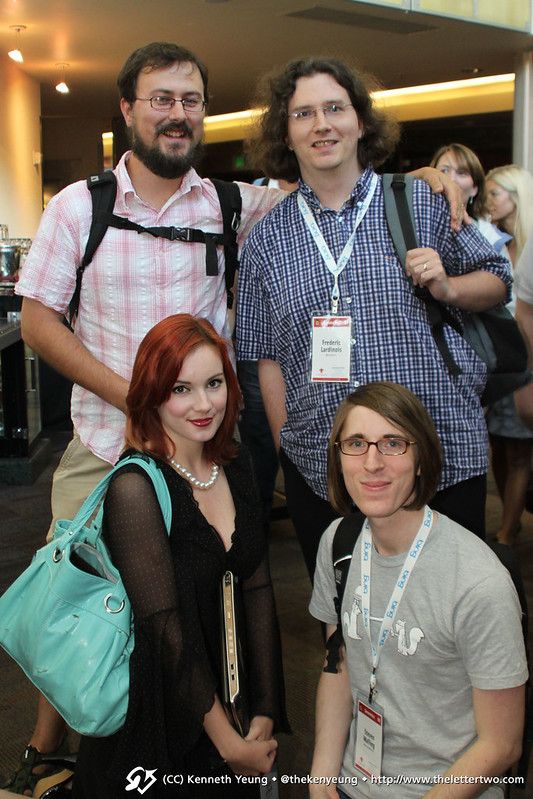
By September the event was our primary focus and we announced it on September 15. I could see we were getting stretched on resources, though, so I decided to put a hold on several ongoing projects—including a third channel, any further country channels, and an e-book idea that Bernard had floated. I also suggested putting a hold on our discussions with Automattic, the leading WordPress vendor, to move our web operations to its VIP hosting platform.
I’d initiated the WordPress project in August, after getting fed up with Movable Type bugs and ongoing issues with our existing web host. I’d seen Automattic CEO and WordPress cocreator Matt Mullenweg in Wellington that month (he was on holiday and we met up for coffee), and I’d griped to him about our publishing problems. He explained the WordPress VIP setup, and I was intrigued—they already hosted GigaOm and some other big media properties. So by early September we’d begun doing tests on their servers.
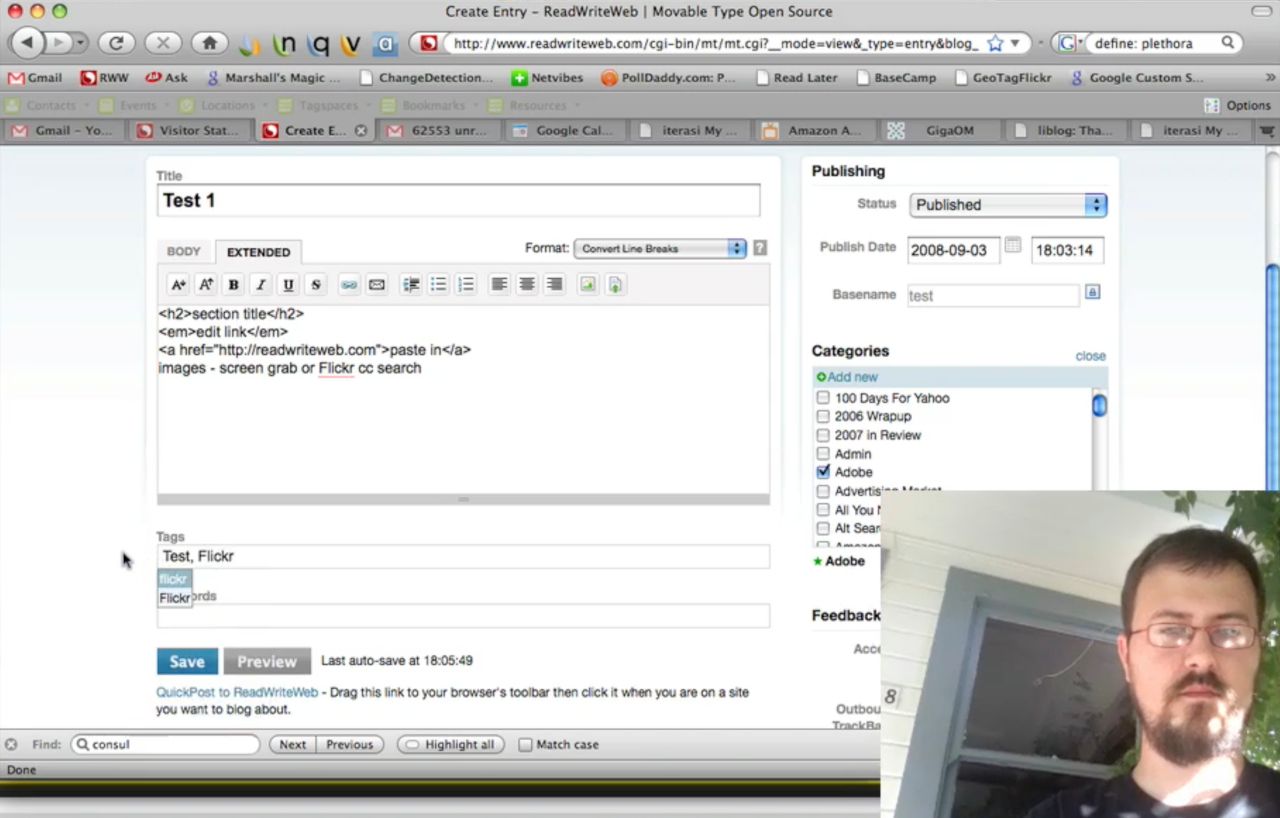
Bernard rightly pointed out that our tech staff weren’t very involved in the event, so we should continue the tests with WordPress. I agreed, and Mark Carey, our Movable Type consultant, carried on with that work. It’s just as well we did, because the fact we were in discussions with Automattic was enough to rouse Movable Type owners Six Apart out of their slumber. During September they’d gotten word that Automattic was wooing us, so one of their executives reached out to me on Skype and proposed that “we try to not just fix your site, but take it to a new level.” Since moving publishing platforms would be a massive undertaking, I wanted to keep the option open of staying on Movable Type. But I was somewhat skeptical. As I noted to my team after, “My lingering concern with them is stability/performance, as that is one thing WP has built a solid rep for but 6A hasn’t.”
Is This Dinner or Dinner?
While the event preparation and projects such as the CMS review were going on, my personal life received a boost—but once again, I managed to make it complicated. I’d begun dating someone I’d met through advertising for a RWW “editorial assistant.”
We already had an editorial assistant, but he was only part-time and wasn’t picking up on a lot of the grammar issues we were having. After yet another complaint from a reader, I sent a frustrated message to the writing team. “We really need to take care with grammar,” I wrote. “I’ve said about a million times to carefully read your own articles after you publish, so please get into that habit.”

But clearly, we needed more editorial resources, so I put the word out on the site and through social media. Several people emailed me about it in early September. One was Elyssa Timmer, an American who had lived in Wellington for the past eight years. She described herself as a web strategist, so at first glance she didn’t seem suitable for the editorial-assistant role. I wrote back and politely explained, “It seems like this job may be too junior for you.” I didn’t expect to hear back, but she replied and admitted that she was probably overqualified. “But my current personal circumstances leave me looking for lower stress work in an interesting area,” she added, and suggested we meet up for coffee to discuss.
I looked once more at her résumé. There was one intriguing thing in it that could be useful to RWW, since we were in the middle of planning for our first event. She’d written that she “co-founded Webstock, New Zealand’s premier web conference.” I’d been to Webstock a couple of times and thought it was one of the best-produced tech conferences I’d ever attended. On that basis alone, I thought it was worth meeting Elyssa to talk. Perhaps she could help project manage our upcoming summit.
“I think it’s worth meeting for a coffee to discuss,” I wrote back. “The main requirement is editing tasks, but there may be other areas of the business where you could help too (we could do with some project mgmt help, for example). And I do like your background.”
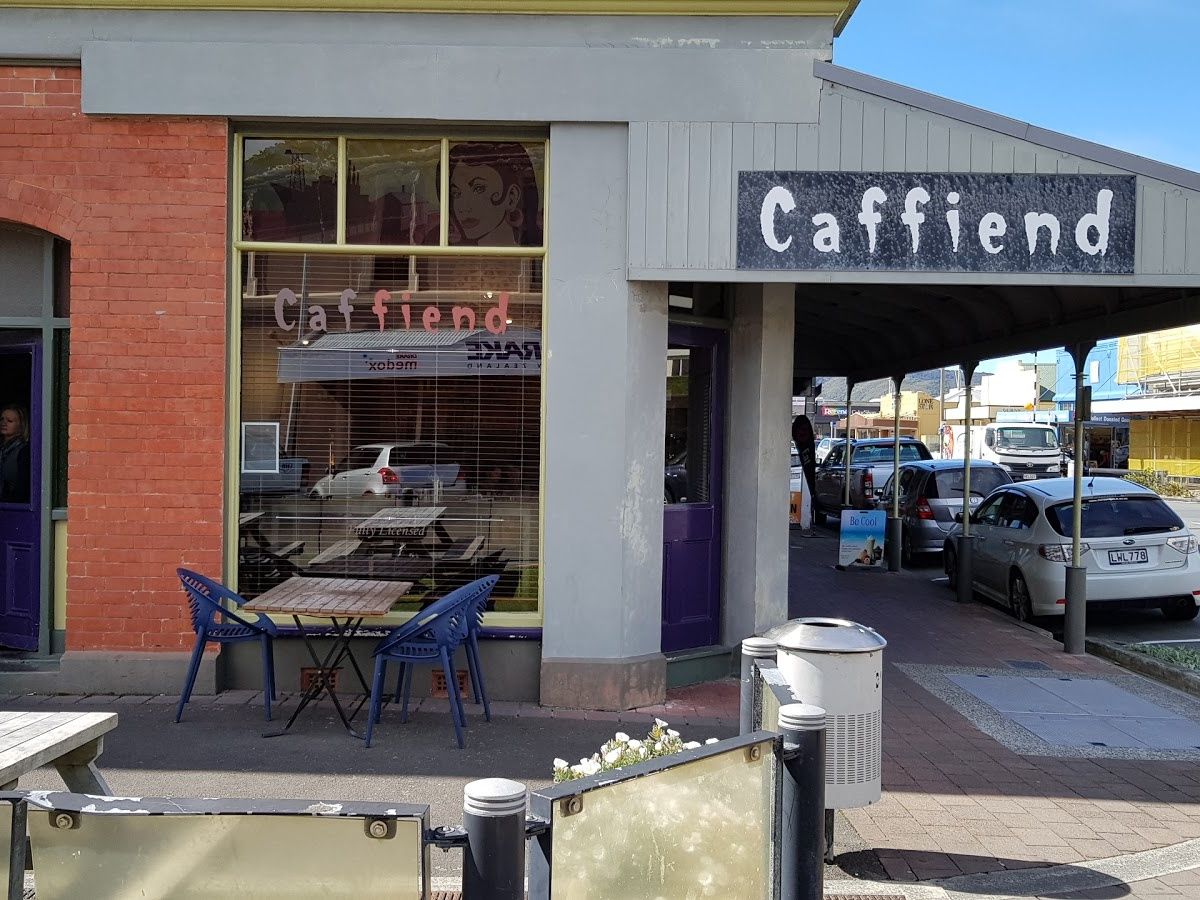
We met a couple of days later, on a Friday morning at a café in Wellington. It was soon clear to me that Elyssa wasn’t suitable for an editing role, but I thought she’d be helpful in a project-management role. The upcoming event was foremost in my mind, but I was also thinking about the operations side (the CMS and server issues) and our internal communications systems (in particular, improving how we used Basecamp).
After thinking about it over the weekend, I offered her a twenty-hour-per-week role as a project manager. We’d do a trial month to see if it worked out for us both. Since our budget had been for a junior editorial assistant, I noted, “The rate I’m sure is less than what you get consulting, however this will be ongoing work and it’s in an exciting industry.” She was indeed shocked about the pay rate (I countered that we’d review it after the trial month), but she readily agreed to work for us. We arranged to meet again to debrief, this time at a café near my home suburb of Petone, in Lower Hutt.
During that meeting, we made a list of things for her to work on, and afterward I introduced her to the team. Elyssa immediately began to make improvements in how we used Basecamp. I also added her to the event mailing list, which included Kaliya and Chloe. “I think we need someone from RWW to keep track of progress, on details such as venue hire, website progress, etc,” I’d written. “So please look at Elyssa as being RWW’s rep in the daily project mgmt, thus allowing Marshall to focus on [the premium] report and Bernard on sales.”
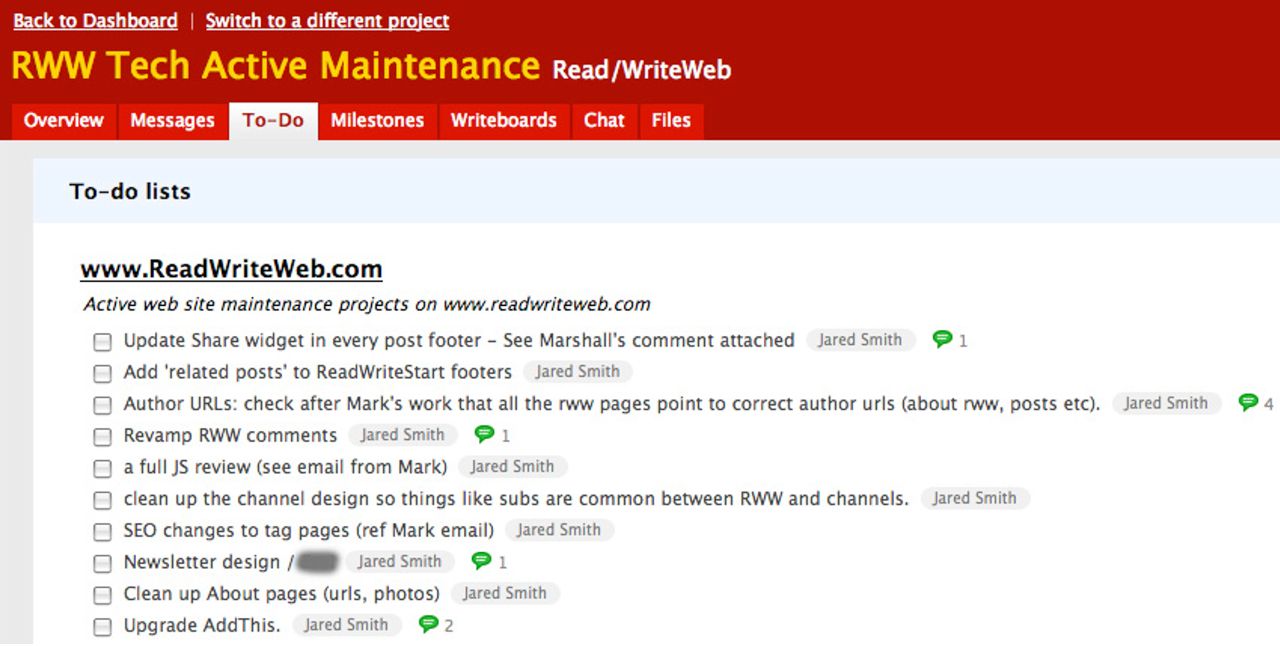
Over the next two weeks, Elyssa and I were in daily contact as she got up to speed. We also met on consecutive Mondays at the same Petone café, Caffiend. It was nice to meet with a RWW colleague face-to-face every week—something I wasn’t used to. But, of course, it also allowed us to get to know each other more on a personal basis. I discovered, for example, that she had recently separated from her kiwi husband—since May, in fact. I’d been separated since March, so we were in similar circumstances. She had a five-year-old son and was devoted to him—part of the reason she had wanted flexible working hours. I had my eight-year-old daughter, so again we had something in common.
It was after the second Monday meeting at Caffiend (our fourth café meeting overall) that I decided to suggest a dinner. I think I was rather vague as to the purpose of the dinner, so when she got back to her home that Monday morning, she emailed and asked, “Is this dinner or dinner?” She meant, was this a working dinner or was I asking her out on a date? I hadn’t thought that through, so Elyssa was right to prod me on it. Over Skype messaging, we eventually established that it would be a date dinner.
It wasn’t a great idea to start a relationship with an employee, but nevertheless that’s what I did. And to be fair, we were good for each other over the coming months.
Lead image: Screenshot of ReadWriteWeb, Sep 6, 2009; image by Michael Surtees.
This post is part of my serialized book, Bubble Blog: From Outsider to Insider in Silicon Valley's Web 2.0 Revolution. View table of contents.
Next up: 042. The ReadWrite Real-Time Web Summit, October 2009
Buy the Book
My Web 2.0 memoir, Bubble Blog: From Outsider to Insider in Silicon Valley's Web 2.0 Revolution, is now available to purchase:
- Paperback, US$19.99: Amazon; Bookshop.org
- eBook, US$9.99: Amazon Kindle Store; Apple Books; Google Play
Or search for "Bubble Blog MacManus" on your local online bookstore.